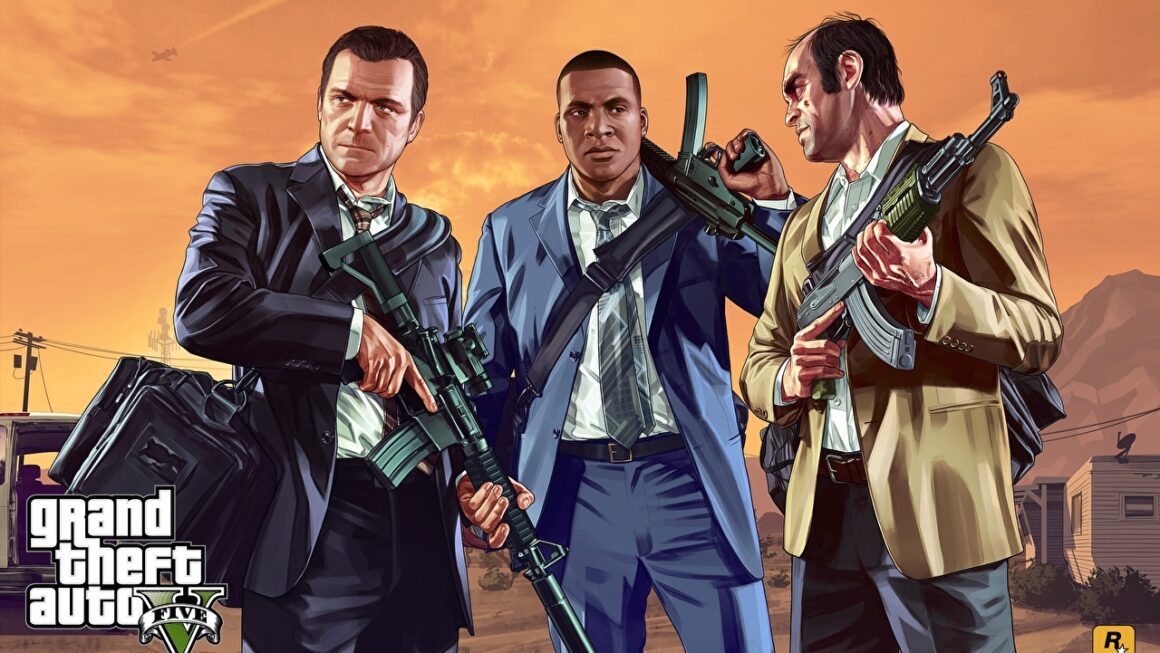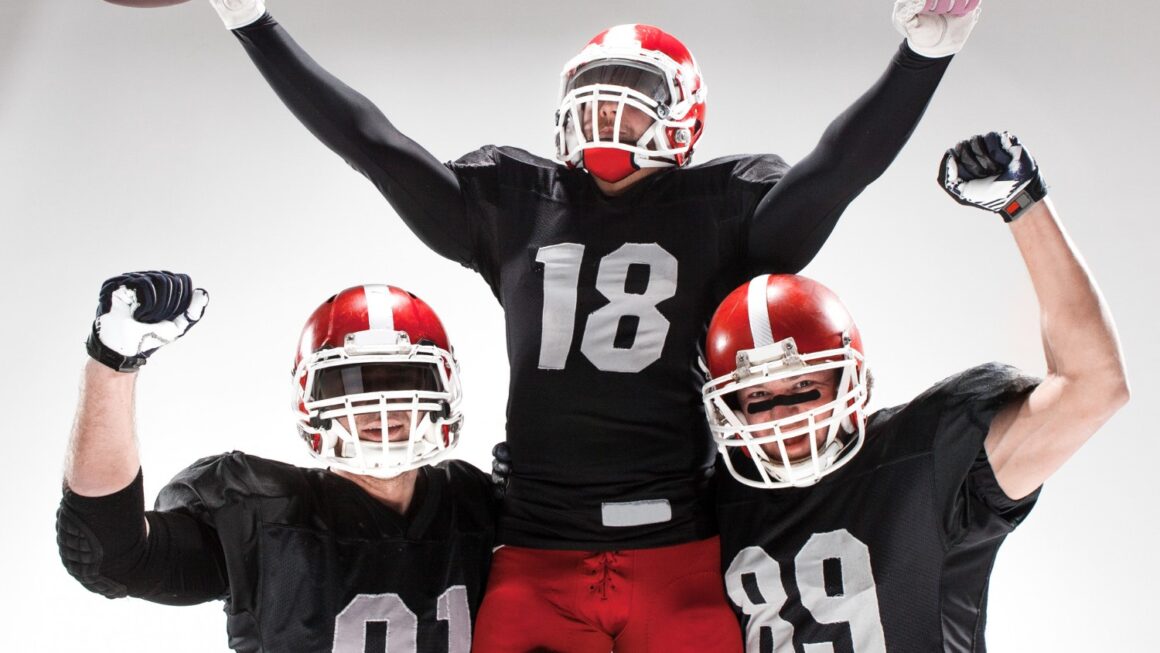Since more than a century ago, millions of people have loved the fast-paced, action-packed sport of hockey. On a rectangular ice surface, two teams of skaters compete to score goals by kicking a hard rubber puck into the opposing team’s goal. The toughness, speed, and high degree of ability needed to play at a professional level of the game are well-known characteristics.
The length of a hockey game, the laws and regulations of the sport, and some fascinating trivia will all be covered in this article.
The Length of a Hockey Game
The level of play and league or competition in which the game is being played determine how long a hockey game will last. Hockey games typically consist of three quarters, each lasting 20 minutes, with a 15-minute intermission in between. This means that a typical hockey game will last for 60 minutes of playing time, not including any overtime periods or shootouts that may be necessary to determine a winner.
However, there are some exceptions to this standard length of play. For example, in international play, the rules allow for two 20-minute periods instead of three. Additionally, in some amateur or youth leagues, games may be shortened to two or even one period, depending on the age and skill level of the players.
If a game is tied at the end of regulation time, the National Hockey League (NHL), the top professional hockey league in North America, permits play to continue past the customary 60 minutes.
In this case, a five-minute sudden-death overtime period is played, during which the first team to score wins the game. If the game is still tied after the overtime period, a shootout may be used to determine a winner. In a shootout, each team selects three skaters to take turns shooting on the opposing team’s goalie, with the team scoring the most goals in the shootout declared the winner.
Rules and Regulations of Hockey:
Hockey is a physically demanding sport that is supervised by a set of guidelines intended to protect players and promote fair play.
Some of the most important rules in hockey include:
Offsides: A player is offsides if they enter the offensive zone before the puck does. If an offsides violation occurs, play is stopped and a faceoff is held outside the offending team’s offensive zone.
Icing: Icing occurs when a player shoots the puck from the side of the red center line across the opposing team’s goal line without it being touched by any players. If icing occurs, play is stopped and a faceoff is held in the offending team’s defensive zone.
Penalties: Players who commit fouls or violations during play may be assessed penalties ranging from minor (two minutes in the penalty box) to major (five minutes in the penalty box). In some cases, a player may also receive a game misconduct penalty and be ejected from the game.
Fighting: Fighting is strictly prohibited in most hockey leagues and can result in severe penalties, including ejection from the game and suspension.
Interesting Facts About Hockey
The first recorded indoor game of ice hockey was played in Montreal, Canada, in 1875.
The Stanley Cup is the oldest professional sports trophy in North America, given each year to the NHL champion club.
The fastest recorded shot in NHL history was taken by Zdeno Chara of the Boston Bruins, who recorded a slap shot at 108.8 miles per hour during the 2012 NHL All-Star Game skills competition.
There are professional hockey leagues outside of the NHL in nations including Switzerland, Sweden, Finland, Russia, and Sweden.
Hockey players are known for their athleticism, skill, and toughness. They are required to have excellent skating abilities, stick-handling skills, and the ability to shoot accurately and with power. To keep up with the fast-paced nature of the game, which involves short sprints, many stops and starts, and collisions with opposing players, hockey players must also be physically fit and have strong endurance.
In addition to their physical abilities, hockey players must also possess strong teamwork and communication skills. Effective coordination and communication are essential for success because the game is played at great speeds with numerous players on the rink at once.
Hockey players are an exceptional breed of athletes that combine speed, skill, and toughness to compete in one of the most thrilling and well-liked sports in the world.




